On 5th September 1897, within four weeks of his birth, James Nerney was baptised into St James the Less church by the parish priest, Fr Peter Klein. Just six months later, on 6th March 1898, Fr Klein baptised Thomas Regan, two weeks after his birth.
It is almost certain that the two families knew each other at that time; the church had not long been built and was a place of worship for, and central to, the Irish community that had settled in the town. James’ father – James senior – was the first generation of his Irish family to be born here and had married a Rawtenstall girl, Margaret. Both of Thomas’ parents – John and Bridget – had emigrated here from the village of Ballaghaderreen in Co Mayo, Ireland. The Irish community was closely knit and the church played a central role in keeping them together.
What neither family knew, nor could have suspected at that time though, was that the lives of both boys would be inter-twined from birth until their deaths as young men, just 20 years later.
James was the seventh of eight children and followed his siblings into St James the Less school. The family lived in at least three houses in the town between the censuses of 1891 and 1911 and around the turn of the century moved to live within a short distance of the church and school, in St James’ Row and then Prospect Hill.
The Regan family moved from Bury Road into Holmefield, also near to the church and school, which their five children attended, around the same time, so the two boys would not only have been in the same class at school, but would also be playing on the same streets, as they grew up.
In the census of April 1911, at the age of 13, both boys were shown to have left school. James was working as a labourer at the Loveclough Print Works (yet another Calico employee who would be lost to the war) and Thomas was employed as a slipper worker. Although it is unclear where Thomas was working when war came, James was certainly still at the Print Works.
It is likely that both James and Thomas’ main army service records were amongst the great number destroyed during the Second World War, so it is not possible to say now whether or not they enlisted for service at the same time. However, from the records which do remain, it is certain that they both enlisted into the East Lancashire Regiment and that James did so in May 1916. He was posted into the 2/4th Battalion but Thomas, at some point, was transferred to the 2nd Battalion of the Lancashire Fusiliers. Both of them, in their separate regiments, were posted to France and Flanders, the Western Europe ‘Theatre of War’.
Whether or not James and Thomas met up ‘face to face’ whilst serving is not known, but what is clear is that on 8th October 1917, after an eleven hour march to the front line, they were both in their respective regiments in Flanders, preparing for an attack on an enemy stronghold.
At dawn the following morning, 9th October, the attack was launched in what were appalling conditions, with the aim of taking the village of Poelcappelle, in what was to become known as the Battle of Passchendale.
Almost 700 soldiers were lost in that first attack, James and Thomas amongst them. Their bodies were never found; lost together with many others, in the mud, shell holes and craters of the battlefield. Accounts of the attack show that the ‘Fusilers and Lancashires’ fought side by side, under heavy bombardment, machine gun and sniper fire, so it is highly likely that James and Thomas fell within a short distance of each other.
It was some three weeks before James and Thomas’ deaths were confirmed to their families back home. An article on James was published in the Rossendale Free Press on 3rd November and a Mass offered for him at church. Although no record has yet been found in respect of Thomas, his family were still parishioners at St James the Less, so it is almost certain that a mass would have been offered for him as well.
So James and Thomas’ lives ended as they had started, closely connected; a connection which continues with them both being remembered by name, along with 35,000 other soldiers whose graves are unknown in Flanders’ Fields, on the Tyne Cot Memorial for the Missing in Belgium.
Like most of the soldiers killed, James and Thomas’ only known effects later returned to their families by the army consisted of the back pay which they were owed when they were killed. In James’ case this was done in May 1918 to his father, James and Thomas’s was passed to his father John, in November of the same year.
James’ great, great nephew, Peter Makinson, is one of our present day parishioners.
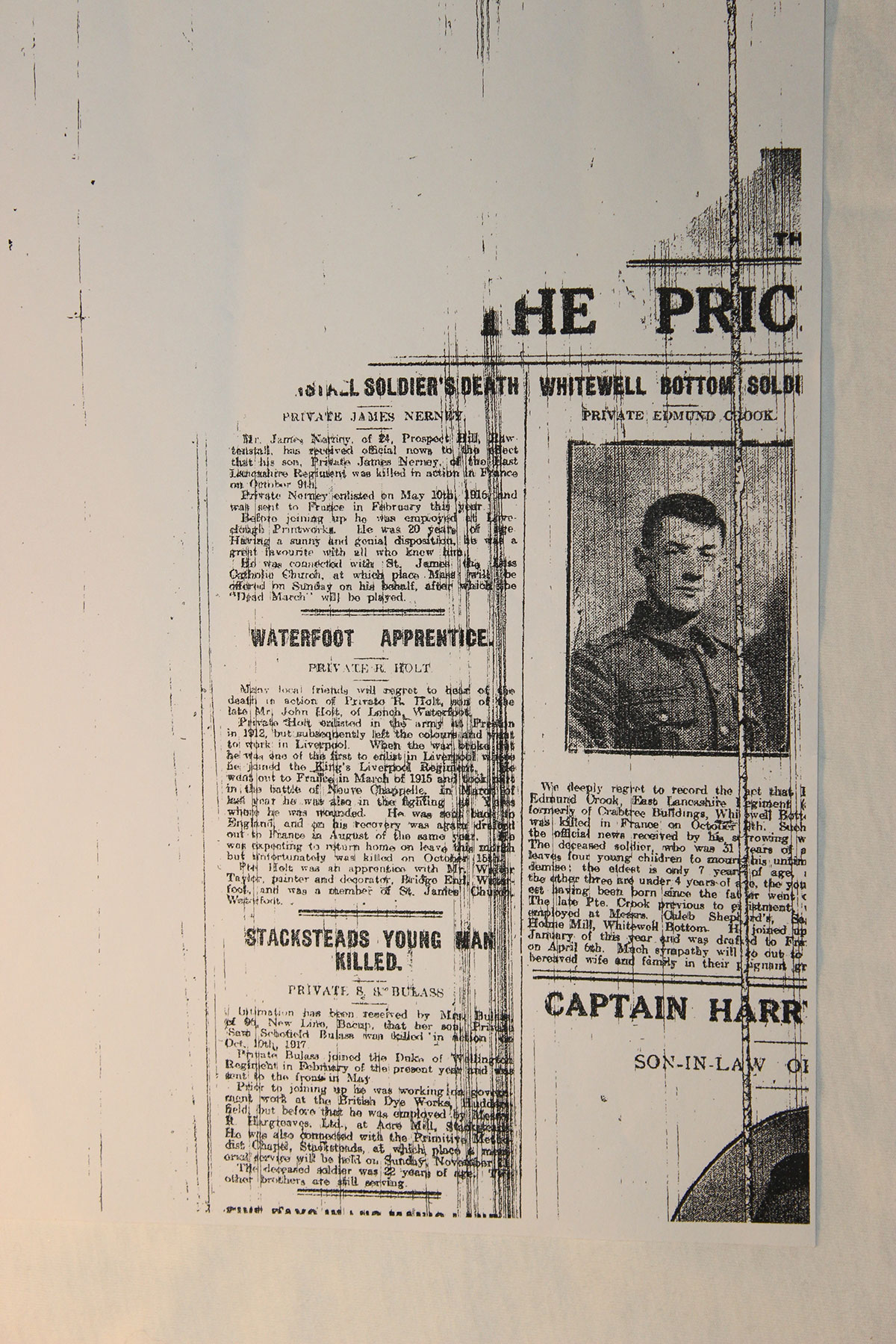
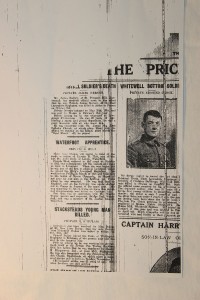
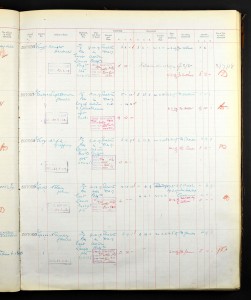
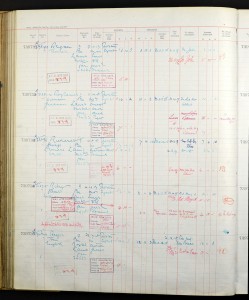
Leave A Comment